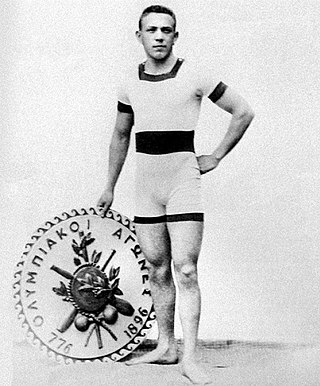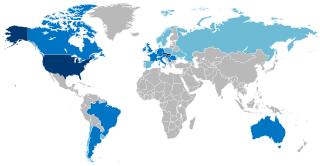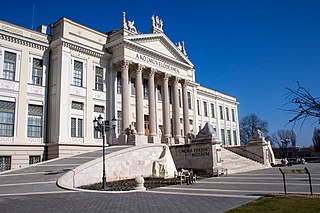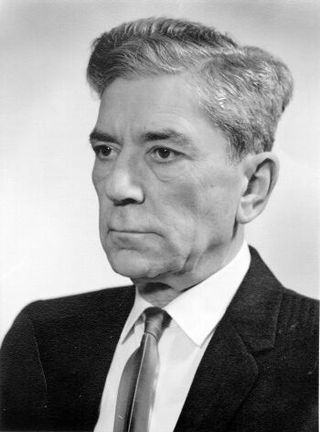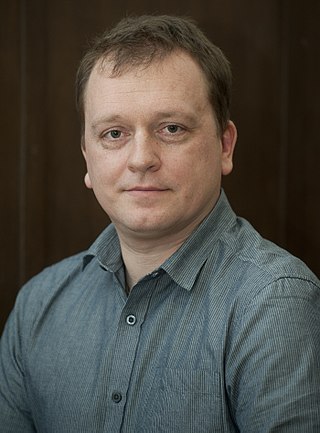This list includes a list of references, related reading, or external links, but its sources remain unclear because it lacks inline citations .(October 2012) |
The list of University of Szeged people includes notable graduates and nongraduates; professors; and administrators affiliated with the University of Szeged, located in Szeged, Hungary.
Contents
| Name | Known for | Relationship to the university | Link |
|---|---|---|---|
| István Bibó (1911–79) | political scientist; member of the Hungarian Academy of Sciences (1946–49) | doctor's degree from the University of Law, Szeged (1934); lecturer (1940) | |
| Zsolt Bor (born 1949) | Bolyai Prize laureate scientist; member of the Hungarian Academy of Sciences; Department of Optics and Quantum Electronics; one of inventors of the Rhinolight phototherapeutical apparatus (hay fever therapy) | MSc, PhD, D.Sc; professor | [1] [2] |
| Mohammad Sharif Chattar (1935–2007) | Pakistani botanist and forester | won a scholarship and went to Hungary for higher studies; obtained a PhD in botany from the university | |
| Sándor Csörgő (1947–2008) | highly cited researcher of mathematics; probability and mathematical statistics, asymptotic theory; member of the Hungarian Academy of Sciences | professor | [3] |
| Gábor Fodor (1915–2000) | obtained a PhD, summa cum laude , in organic chemistry, physical chemistry and mineralogy at the university (1937); demonstrator (1935–1938); associate professor (1945–1950); professor of organic chemistry (1950–1957); received the Diamond Diploma in honor of the 60th anniversary of the receipt of his PhD from the university | ||
| Alfréd Haar (1885–1933) | in 1932, introduced a measure on groups, now called the Haar measure, which allows an analogue of Lebesgue integrals to be defined on locally compact topological groups; Haar wavelet | together with Frigyes Riesz, made a major mathematical centre from the university | |
| Attila József (1905–1937) | considered to be one of the greatest Hungarian writers of the 20th century | entered the university in 1924 to study Hungarian and French literature; was expelled from the university because of a revolutionary poem, "Tiszta szívvel" ("With a Pure Heart") – the poem was attacked by the influential professor Antal Horger | |
| Gyula Juhász (1883–1937) | Hungarian poet, journalist, educator | namesake of Juhász Gyula Teacher Training College | |
| László Kalmár (1905–1976) | considered the founding father of both logic and theoretical computer science in Hungary | professor | |
| Katalin Karikó (1955) | 2023 Nobel Prize in Physiology or Medicine recipient, along with Drew Weissman for their research on in vitro-transcribed messenger RNA (mRNA) for protein replacement therapy. | biochemist | |
| Tibor Radó (1895–1965) | Hungarian mathematician; research fellow in Germany for the Rockefeller Foundation; lectured at Harvard University and the Rice Institute and the mathematics faculty of Ohio State University; published: "On the Problem of Plateau", "Subharmonic Functions", in the Bell System Technical Journal the Busy Beaver problem | received a doctorate from the university (1923) | |
Frigyes Riesz (1880–1956) | his theorem, now called the Riesz-Fischer theorem, which he proved in 1907, is fundamental in the Fourier analysis of Hilbert space; Riesz representation theorem, F. and M. Riesz theorem, Riesz-Thorin theorem | in Szeged in 1922, Riesz set up the János Bolyai Mathematical Institute in a joint venture with Haar; became editor of the newly founded journal of the institute Acta Scientiarum Mathematicarum; received honorary doctorates from the university as well as the University of Budapest and the University of Paris | [4] |
| Camille Sandorfy (born 1920) | Canadian quantum chemist; member of the International Academy of Quantum Molecular Science; notable for both his works in spectroscopy and theoretical chemistry; a pioneer in the molecular orbital calculations on saturated hydrocarbons and excited aromatic molecules; performed extensive works in both vibrational and electronic spectroscopy; investigated in particular the effect of hydrogen bonding on the anharmonicity of vibrations; made also applications of biological interest | received a Bachelor of Science (1943) and PhD in chemistry (1946) from the university | |
| Albert Szent-Györgyi (1893–1986) | biochemist; noted the anti-scorbutic activity of ascorbic acid and discovered that paprika (capsicum annuum) was a rich source of vitamin C; recipient of the Nobel Prize in Physiology or Medicine (1937) "for his discoveries in connection with the biological combustion processes, with special reference to vitamin C and the catalysis of fumaric acid"; vitamin P | made Chair of Medical Chemistry (1930); made Chair in Organic Chemistry (1935); from 1987 to 2000 the Szeged Medical University bore his name. | [5] |
| Antal Szerb (1901–1945) | writer; former President of the Hungarian Literary Academy; twice awarded the Baumgarten Prize | professor of literature | |
| Ernő Duda (1968) | entrepreneur, co-founder of Copy General Hungary, Antikvarium.hu and Solvo Biotechnology, [6] former vice president of the Hungarian Skeptic Society; awarded the Dénes Gábor Prize [7] | assistant professor of business and entrepreneurship |
